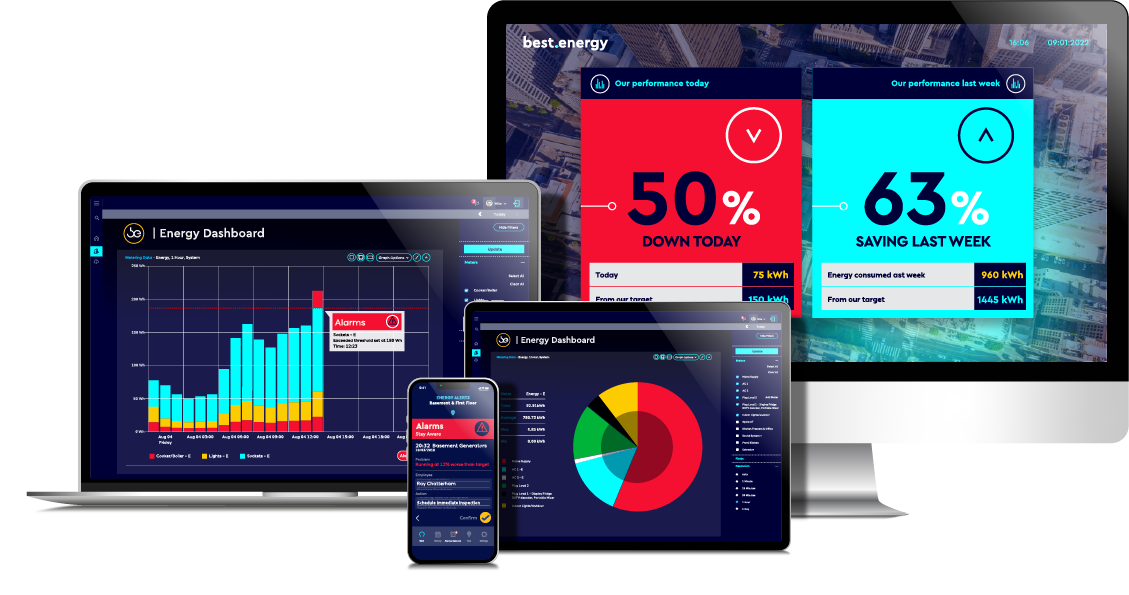Energy DOEs. First, make sure it works.
DOEs Role In POC For Energy Savings Projects
DOE (Design of Experiment) | POC (Proof of Concept) | Energy Management
Relatively simple DOEs, or designed experiments, are providing building and facilities managers with a way to systematically investigate the impacts, costs, and effectiveness of energy savings projects. Analysts collect reliable and validated data on the energy savings potential from the actual buildings and equipment being tested in real time. The financial and environmental impact from energy waste reduction can be significant (13-43%).
“The biggest environmental impact that building owners can have is to stop wasting the energy that they are already paying for.”

New technology stacks that make energy data visible and actionable deliver hard cost savings and CO2 reductions.

Monitoring energy systems makes energy waste visible and measurable. Making accurate data such as Kwh and carbon reductions also delivers ROI projections that have been described as “precise”. Being able to collect data in a small controlled environment means facilities can prove impact from energy projects before scaling out across the building or property portfolio.
“You can’t improve what you don’t measure.”
Peter Drucker
Author, Educator, Management Consultant


Energy Monitoring can also expose equipment maintenance and performance issues — AC cycling too frequently, and an AC unit that is not registering indicates a likely capacitor issue.

The impact from energy projects can be significant, and the technology exists to validate those savings.
Here’s an example of a lighting project.
Lighting upgrades are typically fertile ground for reducing waste (up to 83% energy waste reduction). But what if a university wanted to prove it before diving into a multi-year multi-million dollar capital project?
- Two classrooms are ‘isolated’ using proprietary monitoring equipment.
- Baseline data is collected from existing fixtures.
- High-Efficiency LED replacement kit or fixtures installed in classrooms – new data collected.
- Comparison yields an accurate ROI number.
How accurate is that ROI number? In projects where this tech stack and methodology is applied, the ROI number is assumed at 98% confidence by our funding partners. The ability to precisely visualize and validate the impacts of energy savings is incredibly valuable. Ultimately, this cutting-edge technology empowers people to prove energy savings before making a commitment.



